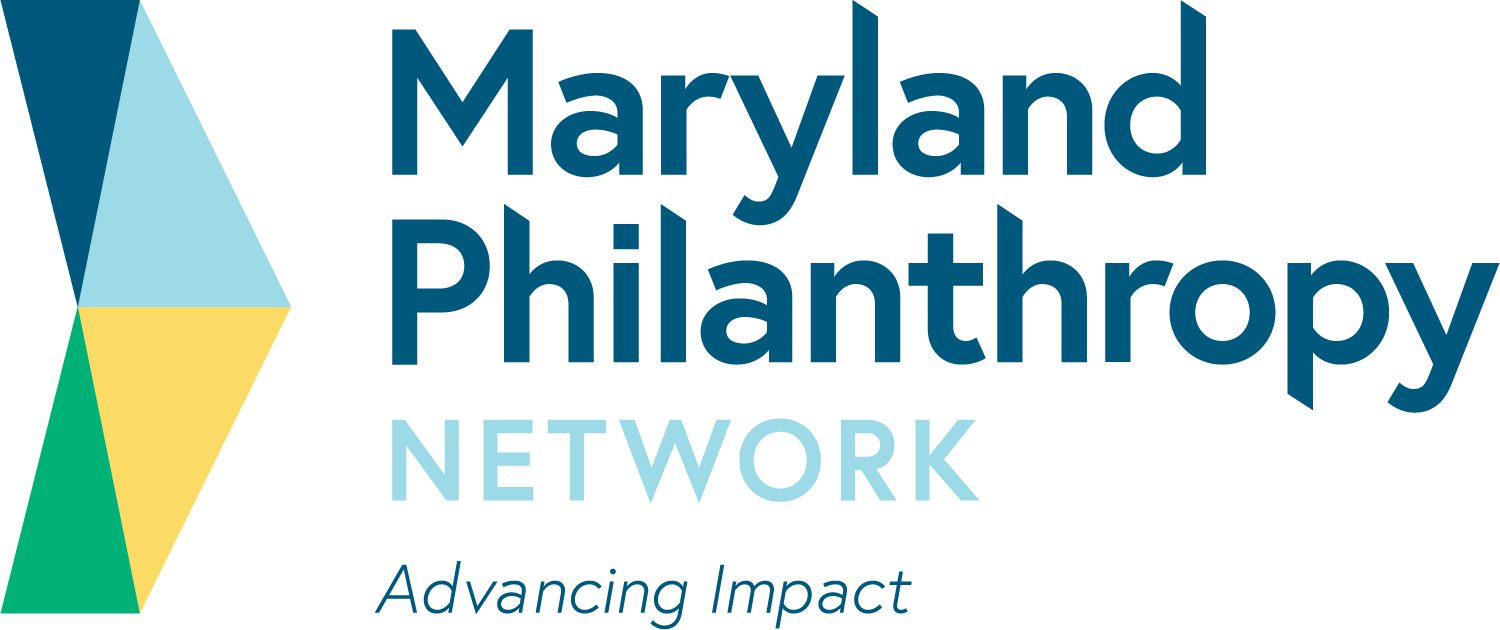Baltimore City Pivots From Sanctuary to Enterprise: A Rouse-Inspired Vision for Urban Renewal
A City at a Crossroads
What if all of Baltimore City became an enterprise zone?
The provocative notion may sound radical, but it draws on a lineage of urban renewal stretching from James Rouse’s model city of Columbia to today’s Opportunity Zone incentives. With Baltimore’s legacy of structural inequality, concentrated poverty, and disinvestment, the pivot toward a citywide enterprise zone offers a framework for attracting private capital while reigniting civic ambition.
Lessons from Columbia, Maryland
Planned and developed in the 1960s by James Rouse, Columbia, Maryland, was conceived as a new kind of city—integrated, equitable, and economically inclusive. The unincorporated community, strategically situated between Washington, D.C., and Baltimore, comprises ten self-contained villages and emphasizes quality of life, racial integration, and walkability. With a population of over 100,000 today, Columbia remains a testament to Rouse’s belief in urban design as a force for social good.
The Urban Renewer
James W. Rouse (1914–1996) was a visionary real estate developer and civic entrepreneur whose work reshaped urban America. Best known for pioneering the modern shopping mall and revitalizing inner-city cores, Rouse was also the founder of the Enterprise Foundation (now Enterprise Community Partners), which supports affordable housing. His belief in the transformative power of public-private partnerships and design-forward thinking continues to influence urban planners and policymakers.
Click here to read the full article.
Source: CityBiz
FIND MORE BY:

